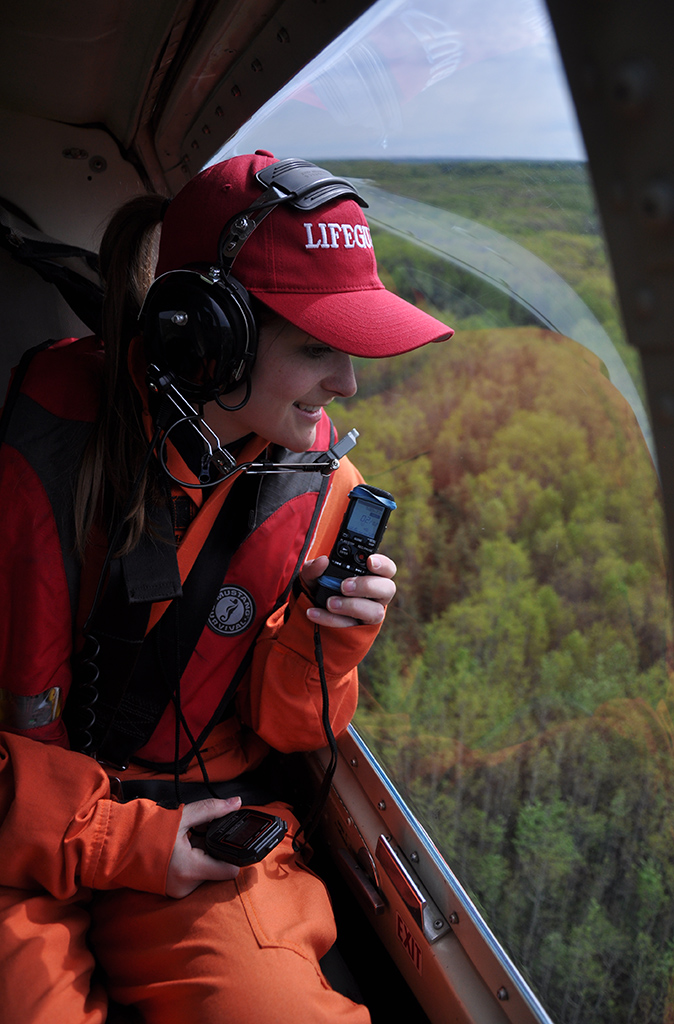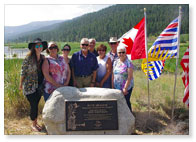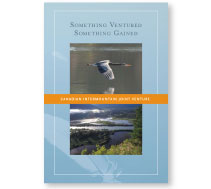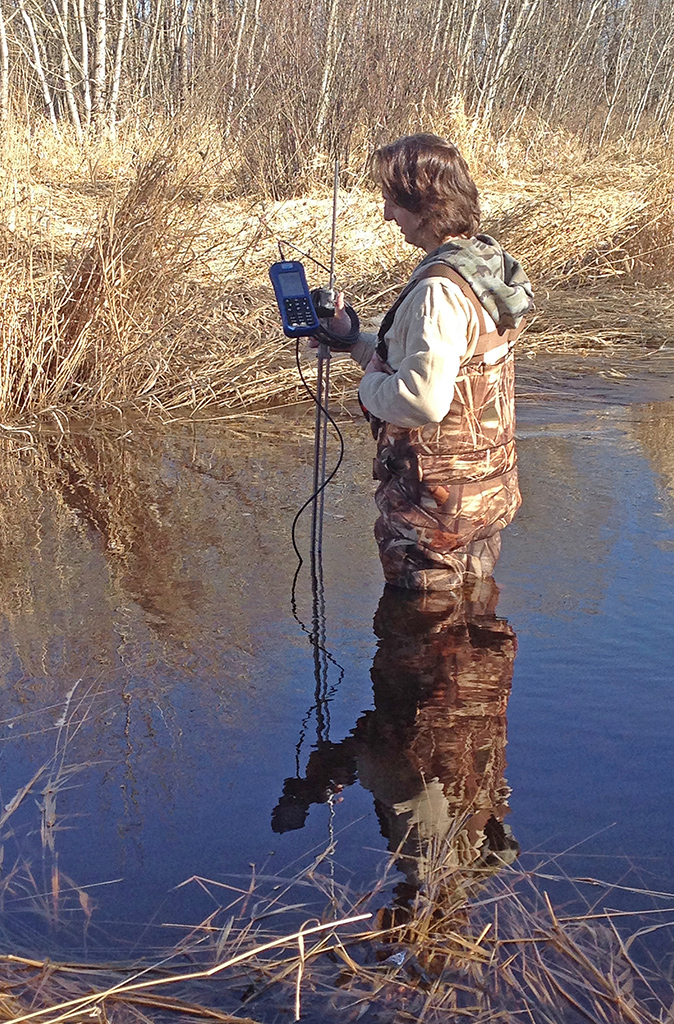Sound Science
Partnership Approach
Habitat Projects
What We Do
Millions of migratory birds rely on the CIJV’s wetlands, lakes, rivers and grasslands to survive. Although these habitat types cover only a small portion of the entire CIJV landscape, they support an extremely high diversity of birds, including 16 species that are considered at risk under Canada’s Species at Risk Act. CIJV partners work to ensure that abundant, high-quality habitats are available for the benefit of birds, other wildlife and plant species, landowners and local communities using the following conservation techniques:
Securement
Priority habitats that are at risk of degradation or loss are secured through purchase or donation, permanent conservation covenants or long-term landowner agreements. Secured properties are managed for the benefit of wildlife. Compatible commercial and recreational uses (e.g., ecologically sensitive grazing) may be allowed if they complement wildlife habitat values.
Restoration
High-priority habitat that has been degraded can be restored to a healthier and more productive state. For example, partners may work to restore natural water flows and flooding cycles (e.g., wetlands and riparian areas), remove invasive species or install fencing to control livestock access to sensitive areas.
Stewardship
Stewardship programs focus on adopting wildlife-friendly land-use practices for the benefit of birds and bird habitat and the landscape in general. For example, CIJV partners will work with landowners to help establish rotational grazing systems that maintain healthier grasslands and benefit grassland birds, particularly during migration and breeding season.
 Science
Science
Ongoing scientific monitoring and research track local, regional and national bird populations which helps inform conservation planning in the region.
Policy
Policy is informed by science. CIJV partners collaborate with governments at all levels to support conservation and protect sensitive ecosystems.
Outreach
CIJV partners raise awareness of birds and their conservation needs through citizen science programs, various publications and educational and interpretive signage at project sites. Establishing landowner and land manager partnerships is also a high priority.
CONTACT US
Andrew Huang
CIJV Coordinator
andrew.huang@canada.ca




















